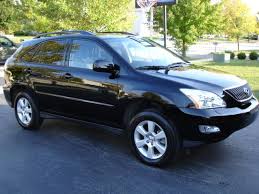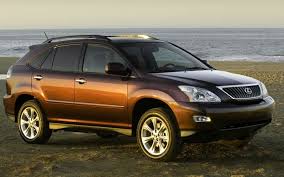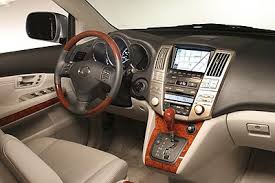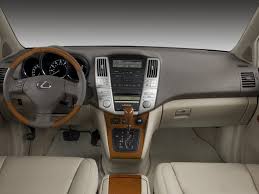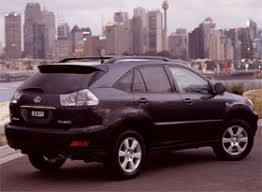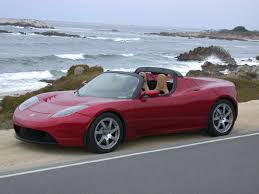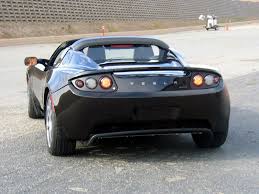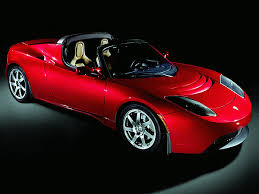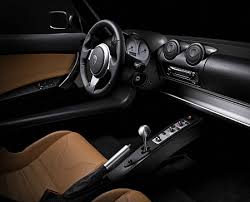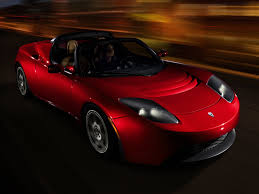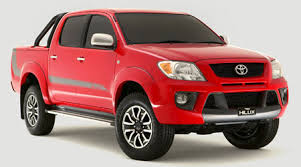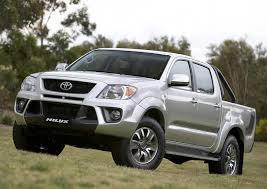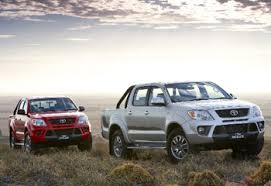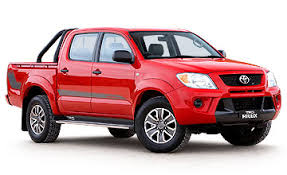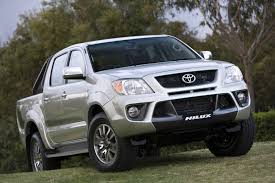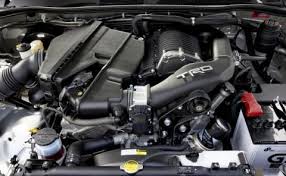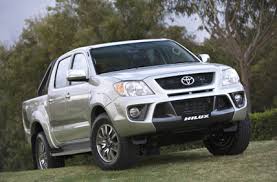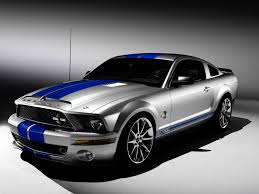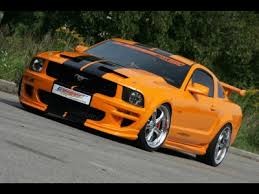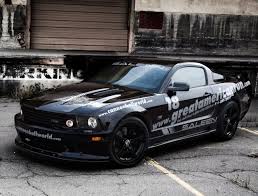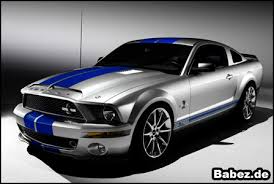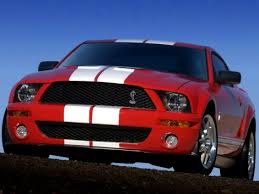NISSAN TIDA
Goodbye Pulsar, Hello Tiida.... Saying farewell to an old friend is hard to do at the best of times, yet Nissan is confident that the tempting Tiida can fill the hole left by the popular Pulsar by providing a number of changes, including a stylish new look and a copious interior space.
Is the Tiida aimed at the Pulsar audience? Probably not - most of them have bought the new Honda Civic or upgraded to a Golf. If we are to believe the marketing campaign, fans of the TV show "Sex and the City" will be flocking to the car, thanks to its sexy body and smooth ride. But even if we were to believe Kim Cattrall's seductive claims, would this be enough to entice Pulsar buyers back, let alone drivers who are being courted by a range of increasingly impressive small cars from across Asia and Europe?
The Tiida (tee-dah) is an all-new vehicle with zero heritage, so finding a customer base won't be easy for Nissan, and there are many both within the walls of this office and beyond who believe the Australian marketing campaign that involves the promiscuous 40-something character from the City Sex TV show is masking the car's flaws. But that's mere conjecture. Right here, I have a Tiida of my own for a week, and the truth of the matter is that the Tiida a is capable motor vehicle, whose few shortcomings don't affect its overall desirability. The rebuttal to this argument comes in the form of "It's good, but not the best".
With a strong 4-cylinder engine, good fit and finish and happy image (it was called the 'Sunny' in some markets, after all), the Nissan Pulsar set the stage for the under $20,000 small vehicle in the last decade, and was a familiar face on Australian roads for more than 25 years. Can we learn to love the Tiida as much as its popular forebear? Sure we can, but we may have to persevere for another decade or so before it's truly embraced, and it won't be the easiest of objective for Nissan to complete if it doesn't rethink its marketing from the current "It's so sexy you'll faint"campaign to something more facts based, with more practicality.
Make: Nissan |
| | ||
| | ||
| A new exterior style blends Nissan's Japanese | ||
|
Nissan's new small car is available from $19,990 for either the sedan or the hatch, which is a good start, and just for the record the name Tiida comes from the word tide. Something about ebb and flow...
Anyway, the Tiida is not based on the same Nissan C platform as the Renault Mégane, but the Nissan B platform, and the reason they look fairly similar in size is because the Tiida's B platform has had the wheelbase stretched, and this accounts for the interior's roomy interior.
The Tiida surprised me with its cabin, which in my view is one of the better interiors at this price point. It's grey-black colour scheme sounds fairly drab on paper, but it just seem to work for some reason, and best of all, it's big and roomy, with a rear bench seat that will impress many small car buyers (though the lack of a lap-sash central rear seat-belt is a shortcoming). It's the kind of breed that can match its European class mates, cars from Peugeot, Ford and GM; the 307, Focus, and Astra.
It also passes my initial feel good test: does the steering wheel feel good? Yes. Does the dash layout look right? Yes. Do the dash plastics feel good? Yes. Does it have a decent sounding stereo system. Yes! Does it have an appropriate badge to complete the picture? No.
I don’t want to sound like a badge snob – but for mine the Tiida would be more likely to get a long term guernsey in my driveway if it had a more prestigious badge wrapped around it. The concept of badge identity had never been so highlighted to me before, as the Tiida offers good quality at a value for money price and it's got a certain style that worked for me. Although the overall quality and build falls short of a VW Golf, the new Tiida could quite easily pass around town wearing VW badges and attract a premium in the showroom, and people would still step inside and say "Love the German quality".
I know that Mr. Torr reviews vehicles from a more enthusiastic perspective than myself, judging cars on how they accelerate, whether they corners aptly and if they can do rolling burnouts in second gear -- and if he was reviewing this car he'd probably pan it because it's not a class leader in any of these areas. But I'm a different kind of driver, and though I can see that the car has some issues, drivers spend most of their time inside their cars looking out, and the Tiida doesn't disappoint with its interior.
The Tida drives well around town and on the highway, it's 1.8-litre engine offering the kind of flexibility that only a lightweight small car can offer. All manual models feature a 6-speed gearbox, which I reckon is great idea, as it gives you a bit more acceleration with shorter 1st and 2nd gears, while the final 6th gear helps the Tiida to post pleasing fuel consumption figures - under 7.6L/100km on the combined cycle.
Enthusiasts may not be so happy about the manual transmission's shift action; it's got a clunky, mechanised feel to gear shifts, and makes a bit of noise as well. For an extra $2000, you can opt for the 4-speed auto, but for those after an attractive car that will commute from A to B without slurping down gallons of fuel, the manual Tiida will make sense.
In general driving conditions, the Tiida handles well, with accurate speed-sensitive power steering and nice wheel to steer with. Some will complain of the somewhat stiff suspension that undermines the car's ride quality over rougher surfaces, but I didn't think it was any worse than the generally sporty combinations of ride and handling that are provided by its small car competitors these days. Grip in the wet was a little suspect, but for the most part the car handles well enough. It won't win any awards, but it's chassis helps give you a good level of control over car and engine.
One point I would like to make concerning highway driving is that without a cruise control, my foot got very tired. More so than other cars without a cruise control, which may correlate with the seating position. I think that it is the angle and positioning of the seat and subsequent foot placement that makes for a tiring hold on the accelerator. That said, I'd rather have a tired foot than a sloppy driving position, and I liked how the driver sits in a more elevated position, as this gives the driver greater visibility of the road ahead.
Did I mention that I liked the interior look and feel? The materials have a European feel – no doubt influenced by the Renault design group– and the 4-speaker CD sound system is fantastic, making driving the vehicle a continually pleasurable experience. Other standard features in the entry-level ST model include air conditioning, remote central locking, twin front airbags, power mirrors and cloth seats, all of which rate as decent value in the sub $20,000 new car marketplace.
The exterior styling of the vehicle is different, and bit hard to digest at first, but I think it works. It's got a touch of Honda Jazz - the tall body - and a hint of Renault Mégane in the radically-styled grille section, which is cleft in twain. Another benefit of the new sheet metal is that it gives the car fantastic aerodynamics, which also helps it attain that 7.6L/100km figure. It's 0.29 coefficient of drag ensures that it is a class leader in aerodynamics, and this also translates to reduces wind noise entering the cabin.
Overall: 3/5
For mine, the Tiida is a four wombat scenario, but the Editor joined me for a few drives and said "this ain't a quad wombat car". Still, it's well priced, well built, and not bad to drive, and possesses an enviably large interior for such a little car. I really feel the car is a step up from the Pulsar in terms of both exterior and interior style, though because it's so young, it may take time for small car buyers to warm to it, and the competition isn't going to sit still during this 'getting to know you' period.
By my reckoning, you could ditch the badge, glue on an Italian or French badge, and charge another third of the price and you’d have a real European contender. And if you're not worried about badge value and not trying to best the neighbours or impress the boss, you could always buy two of them then. The Pulsar may be gone, and there may be animosity towards the Tiida because of this, but I think in time it could find a place in the hearts and minds of Australian small car drivers. Thank you for feeling good on the inside; thank you for your bold European looks.
It can be difficult saying goodbye to an old friend, but I think the Tiida is a good replacement vehicle for the Nissan Pulsar and with a new model update in the next 18 months or so, it could evolve into a real challenger for Toyota's Corolla, Holden's Astra and Ford's Focus as well.
| Pros: | Cons: |
|
|
